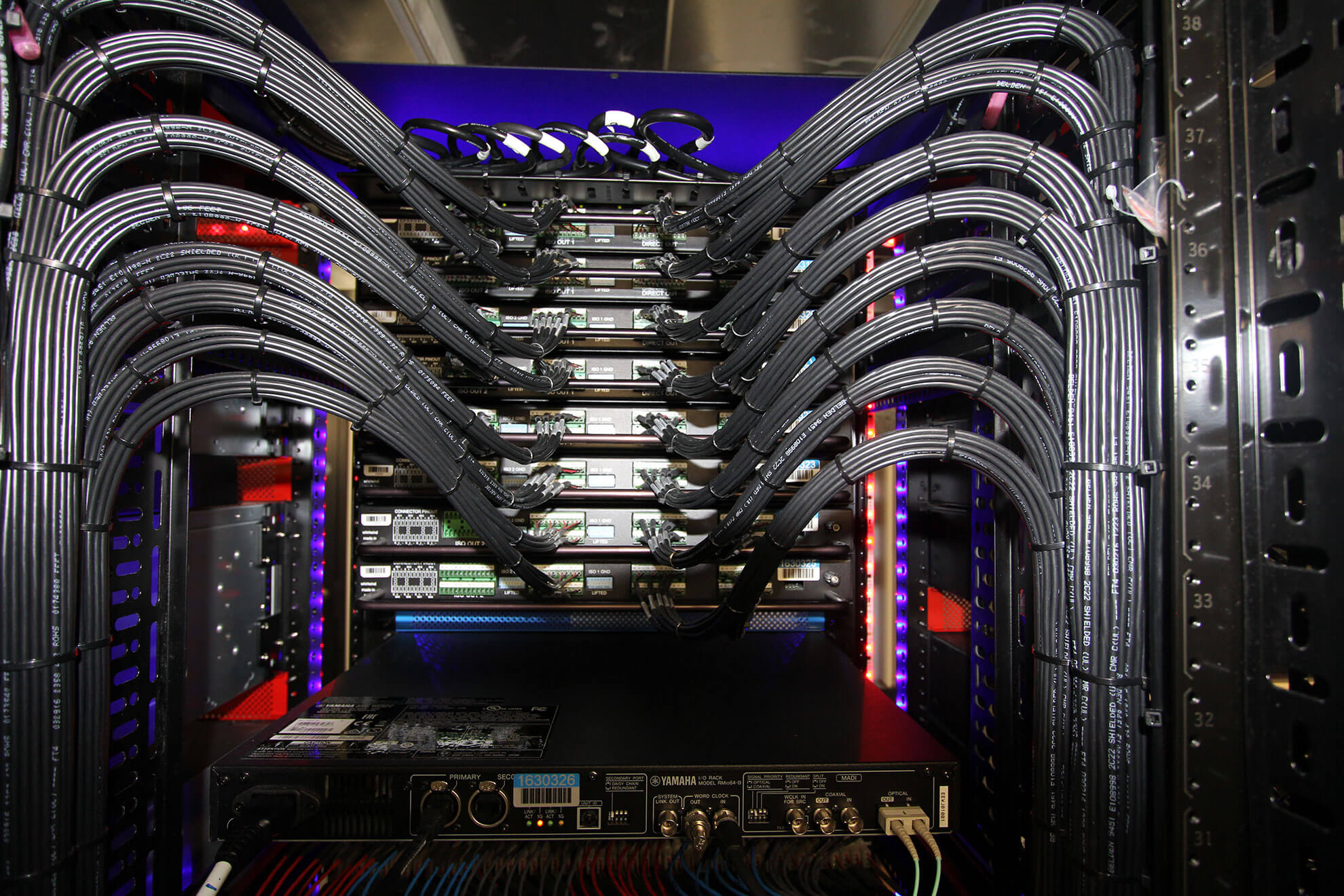Harmonizing Legacy Platforms utilizing Cutting-Edge Sound Networking Solutions to achieve Enhanced Efficiency as well as Flexibility.
Harmonizing Legacy Platforms utilizing Cutting-Edge Sound Networking Solutions to achieve Enhanced Efficiency as well as Flexibility.
Blog Article
Within the current rapidly evolving landscape of audio technology, the need to improve performance and adaptability in audio systems is more crucial than ever before. Many entities and locations still rely on legacy technologies, which are older solutions that may fail to have the features of contemporary devices. However, harmonizing these outdated systems with cutting-edge sound communication technologies can lead to substantial improvements. Audio networking enables for better communication between equipment, allowing it easier to control and manage audio across different areas.
One of the primary benefits of combining legacy technologies with modern sound communication is enhanced adaptability. Traditional sound systems often involve complex cabling and limited pathway options. With sound networking technologies like Dante or AVB, audio signals can be transmitted over conventional Ethernet connections. This implies that users can readily link multiple devices without the requirement for extensive reconfiguration. Whether in a performance hall, a educational auditorium, or a business function, this flexibility enables for rapid adjustments and changes to the sound setup without major downtime.
Performance is a further major factor that enhances when older technologies are upgraded with up-to-date networking technologies. Legacy technologies may struggle to deliver superior audio, especially in bigger venues or in complex events. By adopting audio networking, entities can leverage of advanced capabilities such as minimal latency, synchronization, and electronic signal processing. These advancements assist Get More Info ensure that audio is distinct and consistent, improving the complete experience for listeners and performers alike. This shift can make a noticeable impact in the way sound is perceived in various settings.
Moreover, harmonizing outdated technologies with modern technologies can lead to financial benefits in the long run. Although modernizing to new equipment may necessitate an upfront investment, the efficiency gained through sound communication can reduce maintenance costs and decrease the requirement for ongoing fixes. Furthermore, networked systems often require fewer tangible room than conventional installations, which can reduce on real estate expenses in locations. Organizations can allocate resources better efficiently, using the money they retain to allocate resources in other important areas.
Lastly, educating personnel on how to operate integrated technologies becomes easier with audio networking. Numerous contemporary audio networking systems come with intuitive interfaces and remote management capabilities. This means that including those who may lack significant technological knowledge can learn to operate and operate the sound solutions efficiently. Training initiatives can be designed around these technologies, enabling staff to manage and diagnose technologies with confidence. By blending the legacy with the new, organizations can create a more competent and knowledgeable team, in the end leading to better sound outcomes for everyone concerned.